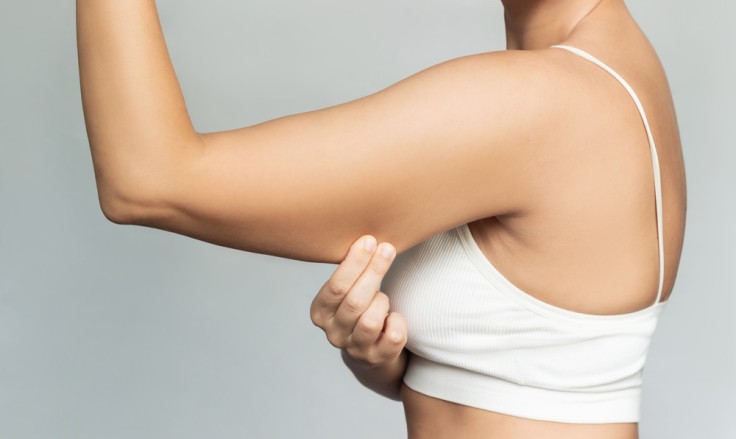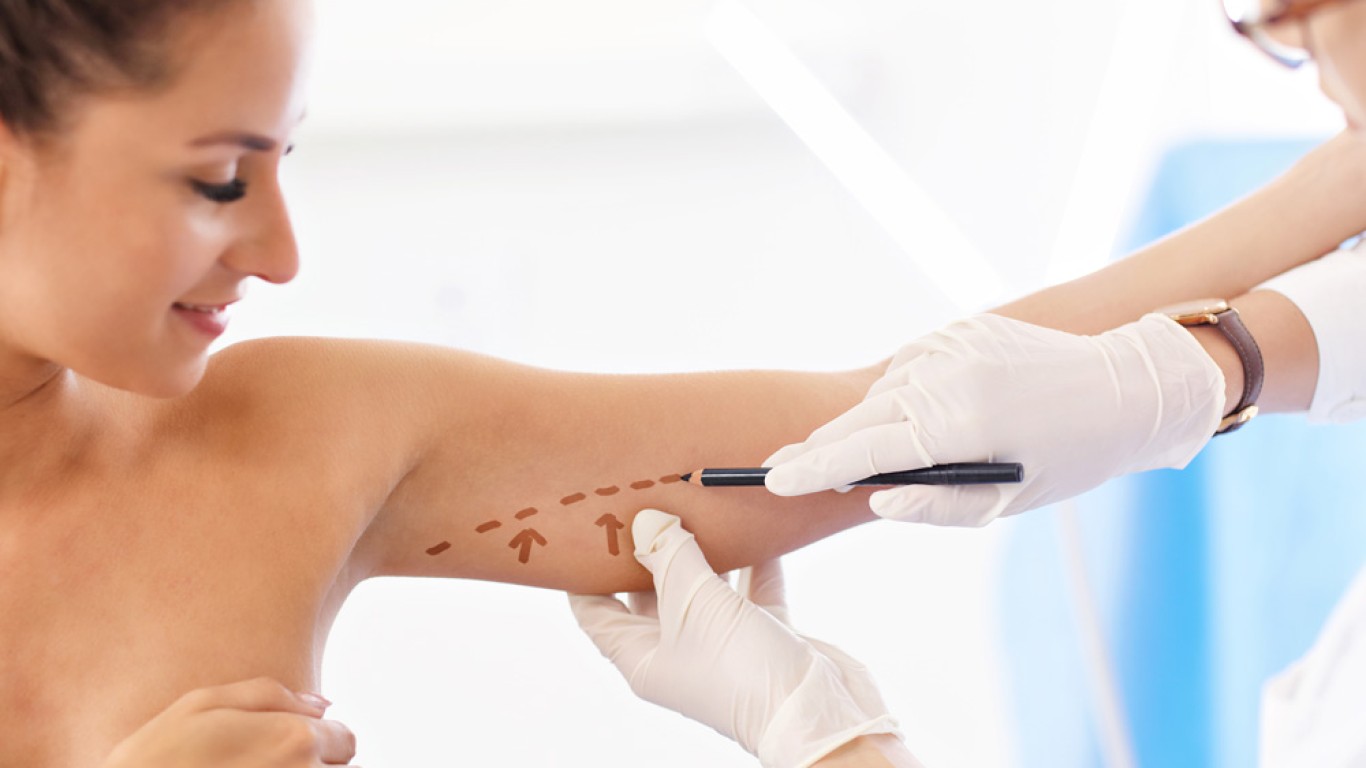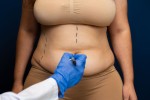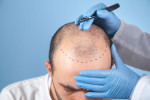Introduction
Loose skin along the upper arms is a common concern following significant weight reduction. The skin stretches during weight gain and does not always return to its previous state after weight loss. This change affects both the skin and deeper connective tissues. It produces laxity that cannot be corrected through exercise alone. Interest in an arm lift after weight loss continues to rise in 2025. This guide explains how the procedure works, the planning process available techniques. It also explores what patients can expect during recovery.
Why Arm Laxity Develops After Weight Loss
Laxity develops because skin and connective tissues lose elasticity after long periods of stretching. When fat volume decreases quickly, the skin often cannot contract at the same pace. Additionally, deeper structures such as fascia and ligaments weaken under prolonged tension. These combined factors lead to sagging, folds and irregular contours. An arm lift after weight loss addresses these issues. It does this by removing excess skin and tightening the supporting layers beneath. This restores improved contour along the upper arm.
How Specialists Assess the Upper Arms in 2025
Assessment begins with an examination of skin elasticity, thickness, and redundancy. Surgeons also evaluate fat distribution, muscle shape, and the behaviour of the connective tissue. Additionally, they consider the rate of weight loss because faster reductions often create more pronounced laxity. In 2025, clinics use 3D imaging and AI-supported mapping. These measure tension lines and identify areas where tightening is required. These digital tools provide detailed insight and support predictable planning for an arm lift after weight loss.
Different Types of Arm Lift After Weight Loss
Several techniques are used in modern brachioplasty. The choice depends on the amount of excess skin and the individual’s anatomy.
- Mini Arm Lift. Suitable for mild laxity located near the armpit. It uses a short incision within the natural axillary fold.
- Standard Arm Lift. The most common option. It uses a linear incision from the armpit to the elbow to remove moderate laxity.
- Extended Arm Lift. Used for extensive laxity along the arm and side chest. The incision continues onto the lateral chest wall.
These methods allow surgeons to tailor the procedure based on severity and location of the laxity.
Arm Lift After Weight Loss: Combining Liposuction With an Arm Lift
Liposuction often supports an arm lift after weight loss. It helps remove resistant fat deposits and improves contour transitions. Although liposuction alone cannot fix loose skin, it enhances shaping when used with surgical tightening. Modern vibration-assisted and ultrasound-assisted liposuction tools allow more precise fat removal while protecting surrounding tissues. Surgeons use them to refine the arm’s shape before skin removal.

How Surgeons Plan Incisions for Natural Contours
Incision planning is crucial because it determines both access and visibility. Surgeons place incisions along the inner arm where they remain less visible during daily activity. Additionally, tension mapping tools guide the distribution of internal sutures. This reduces surface strain and supports smoother contour. An arm lift after weight loss requires skin removal. Because of this, careful planning ensures the incision is balanced, safe and structurally secure.
Arm Lift After Weight Loss: The Surgical Process Step by Step
The procedure follows a clear sequence:
- Firstly, the surgical area is marked while standing to map natural folds.
- Secondly, incisions are made using the chosen technique.
- Thirdly, excess skin is removed, and internal support layers are tightened.
- Fourthly, liposuction is performed when required.
- Finally, the incision is closed using layered sutures to ensure controlled tension.
This structured process allows predictable shaping and reduced irregularity across the upper arm.
Arm Lift After Weight Loss: Recovery Timeline
- Recovery varies depending on the extent of skin removal.
- During the first few days, swelling and tightness are expected.
- By the end of the first week, mobility improves gradually.
- Compression garments help reduce fluid build-up and maintain shape.
- Most daily activities resume after two weeks, although lifting restrictions remain longer.
- Tissue settling continues for several months as the deeper layers adapt.
These steps support consistent healing following an arm lift after weight loss.
Activity Restrictions During Recovery
- Activity restrictions prevent tension on the incision.
- Avoid heavy lifting for at least four weeks.
- Avoid overhead movements until cleared by the surgeon.
- Avoid sleeping on the sides to protect the incision line.
- Additionally, avoid heat exposure because it can increase swelling.
Following guidelines ensures stable results during the healing phase.
Conclusion
An arm lift after weight loss provides targeted correction for upper arm laxity. It utilises safe and precise surgical methods. With advanced imaging, refined incision planning and modern liposuction tools, surgeons reshape the region while improving structural support. The procedure remains an important part of post-weight loss contouring in 2025.
If you’d like more information about arm lifts, visit the ACIBADEM Beauty Center arm lift page
Frequently Asked Questions
Individuals with significant upper arm laxity benefit most.
No, liposuction removes fat but not loose skin.
It is placed discreetly along the inner arm.
Light activity resumes in two weeks, with full settling over months.
They help mild laxity but cannot remove excess skin.














